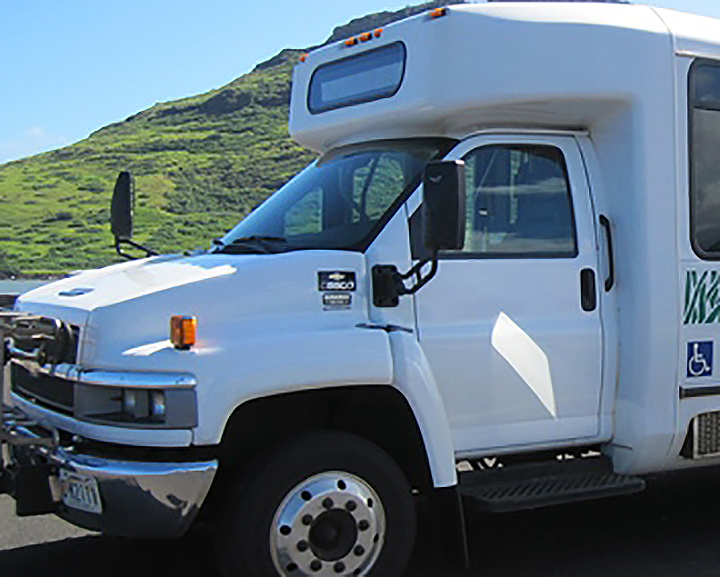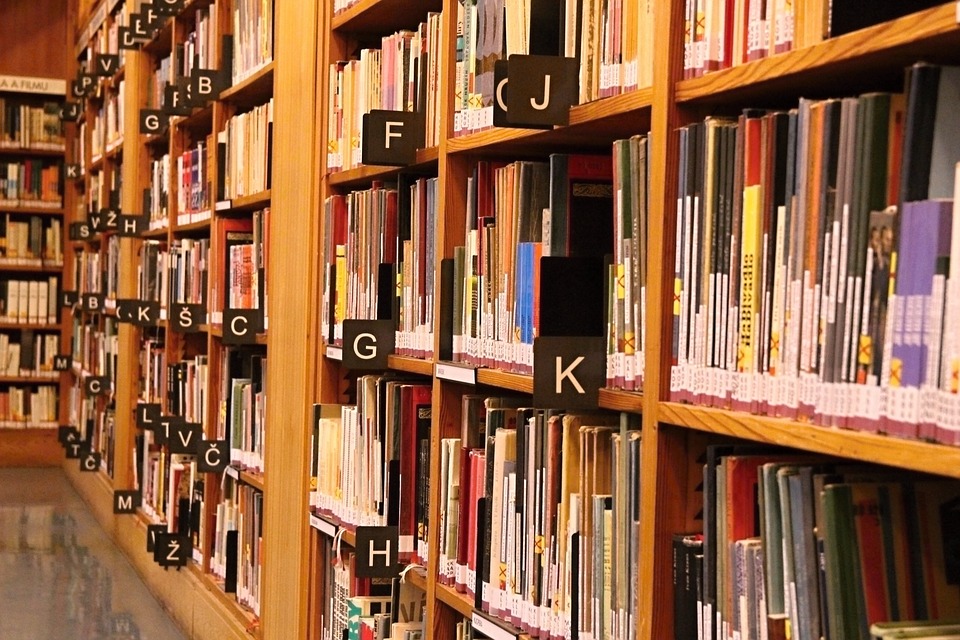A blessing and groundbreaking will be held in Kōloa on Nov. 6 for the first solar project to be owned by Kauaʻi Island Utility Cooperative, a 12-megawatt array that will replace 1.7 million gallons of oil annually.
When completed in 2014, the Kōloa array will be the largest solar project in Hawaiʻi.
The $40 million solar photovoltaic project will be built on 67 acres KIUC is leasing from Līhuʻe-based Grove Farm Co., Inc. near the old Kōloa Mill.
KIUC has hired SolarCity, a national leader in clean energy services with local operations in Mililani, Oʻahu, to build the system.
The project is a key part of KIUC’s strategy to use renewable resources to generate at least 50 percent of Kauaʻi’s electricity by 2023.
In other news from the cooperative:
Strategic plan: Three meetings to discuss the cooperative’s 2013-2025 strategic plan will be held in November. The simultaneous meetings will be held on Nov. 14 at 6 p.m. at the Waimea Theatre, Hanalei School cafeteria and KIUC’s main office in Līhuʻe.
The strategic plan was revised and adopted by the board of directors after considering comments and suggestions from members over the summer.
Directors and staff will present an overview of the plan and details on how KIUC plans to reduce customer bills by at least 10 percent through its renewables strategy, cost-containment and a rate-adjustment process known as de-coupling.
Anahola solar: KIUC and the Department of Hawaiian Homelands are finalizing the terms of a lease for construction of a 12-megawatt solar project in Anahola. The Hawaiian Homes Commission voted unanimously on Sept. 24 to accept the environmental review for the 55-acre project site. The review found that the project would not have a significant environmental impact.
It is anticipated that construction could begin in the first half of 2014 if the lease is approved by the Hawaiian Homes Commission. When operational, the $50 million project will replace 1.7 million gallons of oil annually.
Hydroelectric: Since 2011, KIUC and its consultants assessed 12 sites that held potential for hydroelectric development. Six passed preliminary screening based on economic and technical feasibility. Four remain under consideration.
On the West Side are the two projects that are most viable for KIUC hydro development. Both are on state land, with one using water from the Kokeʻe Ditch and Puʻu Opae Reservoir, and the second using water from the Kekaha Ditch.
A 4-megawatt project on the Wailua River is also feasible technically and financially. Research and development efforts are focused on finding options for minimizing and mitigating potential aesthetic and cultural impacts.
Similar concerns exist on the North Shore relating to a potential 3.5-megawatt hydro project on the Hanalei River. The project is technically viable, but KIUC has indefinitely deferred its development research here in order to pursue more promising locations.
Preliminary site assessments, engineering studies and consultations with water users and state regulators were completed over the past two years under contracts with Free Flow Power of Boston.
With the next steps primarily dependent upon the engagement and support of state land-use officials, KIUC has concluded its work with Free Flow Power. KIUC will continue its hydro development efforts with a combination of in-house and contract expertise.
In addition to its talks with the state about projects on public land, KIUC is in discussions with landowners about the potential for new or expanded hydroelectric operations on privately held land.
Biomass: Work continues on the 6.7-megawatt Green Energy Team biomass project north of Kōloa. The $90-million plant is a state-of-the-art facility that will burn woodchips from trees grown and harvested on Kauaʻi.
The plant will provide more than 11 percent of Kauaʻi’s energy needs, enough electricity to power 8,500 households. Power will be sold to KIUC under a contract approved by the Hawaiʻi Public Utilities Commission. The plant is on track to be operational by the summer of 2014.
Renewable Portfolio Standards Progress: The solar and biomass projects will provide approximately 25 percent of Kauaʻi’s energy from sustainable local sources. KIUC anticipates nearly 40 percent of its energy will come from renewable sources by the end of 2014.
Discover more from ForKauaiOnline
Subscribe to get the latest posts sent to your email.





Leave a Reply